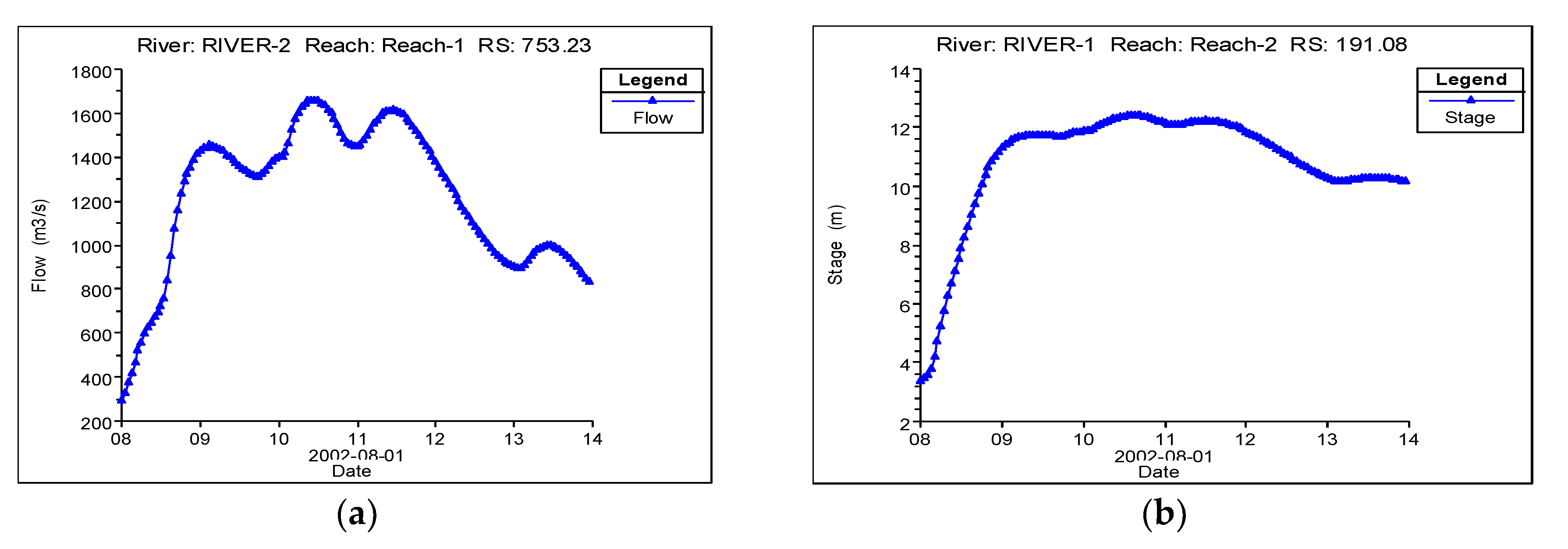


This is similar to the "law of the wall" adjustment common to many flume studies. Placing the bank stations at the "bottom" of the physical bank may overestimate the conveyance capacity of the main channel, as only bed friction (not additional friction caused by rough banks) will be accounted for in the hydraulic calculations for the main channel. This allows a composite Manning's n to be used for the main channel that accounts for the flow resistance imparted by the banks on the main channel. Cross sections are located at intervals along a stream to characterize the flow carrying capability of the stream and the adjacent floodplain. The left and right bank locations tell HEC-RAS where the Manning’s n values change for left, channel, and right bank situations in the section.Well done! One clarifying comment on delineating bank stations based on conveyance: for narrow channels, rough banks may affect the conveyance capacity of the main channel such that the bank stations should still be placed at the top of bank / break in grade. Boundary geometry for the HECRAS analysis of flow in natural streams is specified in terms of ground surface cross sections and the measured flow distances between them (reach lengths). Note: The bank locations appear in the HEC-RAS application as red dots on the sections. Optionally, create alignments or draw polylines to represent left and/or right stream banks. Note: For HEC-RAS analysis, be sure that the sample lines do not extend beyond the extents of the surface.Ĥ. Create a sample line group with stations at the desired section locations along the stream centerline alignment.

Be sure the stationing goes in the desired direction.ģ. Define the stream centerline as an alignment. In Autodesk Civil 3D, open a drawing that contains a stream you would like to study, along with an existing ground surface.Ģ. I’m gonna walk through their four steps with additional info and best practices.ġ.
#Overbanks lengths hec ras solutin how to
A working CAD file where you can do all this - it’s best practice to have a dedicated file you use for importing and exporting HEC-RAS data so you don’t overload files you’re using for other purposes.Īutodesk gives us a very basic outline of how to prep data in Civil 3D to export to HEC-RAS format but it can get buggy.Convert the site topography to a surface.(I’m hoping to get a tutorial up on navigating that site soon.) The Geospatial Data Gateway from USDA also provides some topographic data. You might have a survey that covers the extent of your site – that’s ideal. reach lengths for the left overbank, main channel, and an overbank. If this is for a study that’s going to be run through FEMA it’s really important to incorporate DFIRM data into your model. Mapping flood inundation areas using GIS and HEC-RAS model at Fetam River. DFIRM (Digital Flood Insurance Rate Map) from FEMA if available.Reverse cross-section stationing in Geometry Editor using GIS Tools.Make sure the alignment and sample lines are within the bounds of the surface.Create sample lines along the alignment to turn into the cross sections.Create an alignment representing the stream centerline (from downstream to upstream).Get DFIRM data and site topo into a CAD file.


 0 kommentar(er)
0 kommentar(er)
